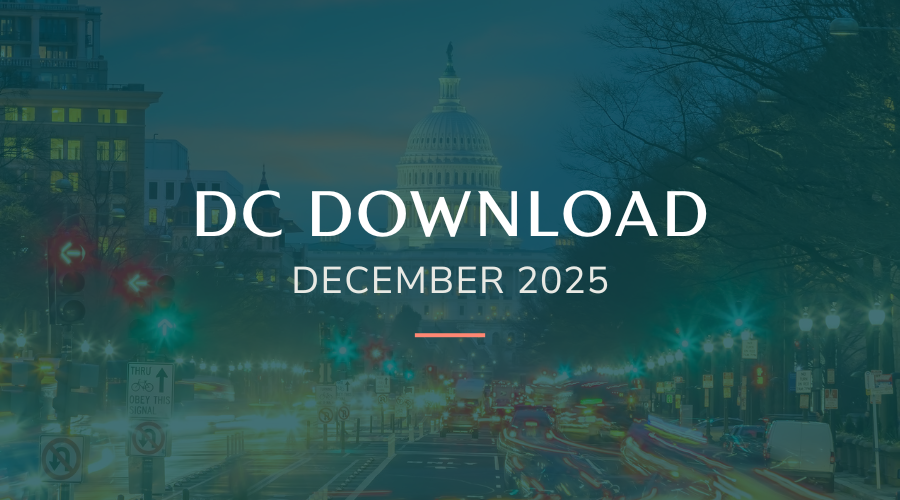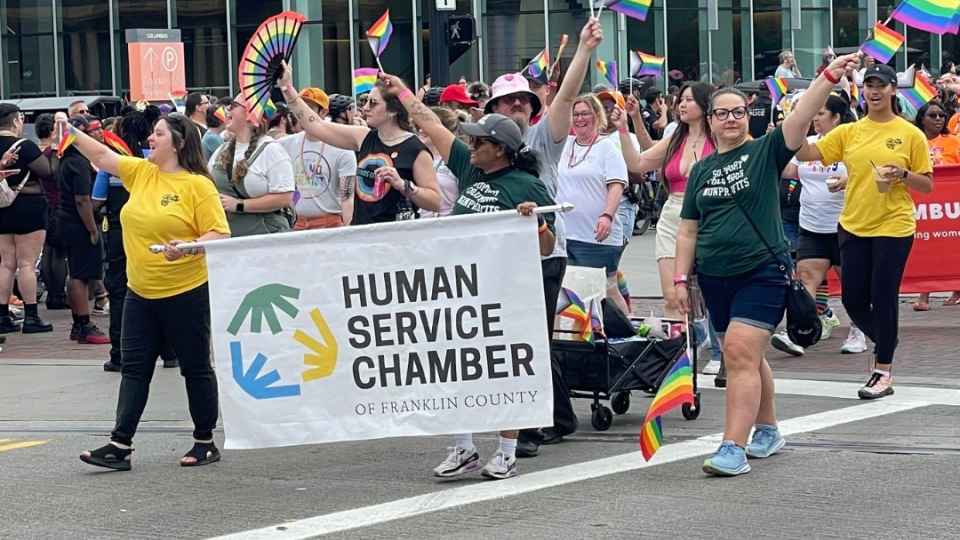
The following is a guest blog authored by Angela Lee, Manager of Advocacy
Outreach and Engagement at Goodwill Industries International, a Nonprofit Voter Empowerment Project Flagship Partnter.
As nonprofits, we play a critical role in taking care of the people in our communities, and voter engagement is an important piece of this. Not only does voter engagement equip the people we serve with the ability to advocate for themselves and educate lawmakers, but it also helps to ensure policy decisions are made from the perspectives of those who will be impacted.
As stewards of the community, nonprofits have a great deal of power when it comes to empowering people to vote. Research by Nonprofit VOTE revealed that, compared to registered voters in the same states, voters engaged by nonprofits were 2.4 times more likely to be people of color, 2.1 times more likely to have less than $30,000 in annual income, and 1.6 times more likely to be 18-24 years old. The study also found that nonprofits closed or significantly narrowed voter participation gaps, making elections more equitable: low-propensity Black voters engaged by nonprofits were 11 percentage points more likely to vote, low-income Hispanic voters 10 percentage points more likely to vote, and non-college Asian voters 7 percentage points more likely to vote. Furthermore, a recent poll by Independent Sector found that nine in 10 voters (87%) support local charities educating policymakers and businesses about the needs of the communities they serve.
Nonprofits have a fundamentally different goal that transcends any one election cycle: to ensure the communities we serve are heard during the election and after candidates and incumbents are sworn into office. But this goal can only be achieved if nonprofit constituents remain informed and engaged. Making an organizational commitment to conduct nonpartisan voter engagement year-round is a first and important step toward advancing long-term civic participation in communities served by nonprofits.
Nonprofits do not need to do this work alone. Working with other organizations who can fill the gap for services that may be outside of your scope or capacity can be an easy solution to engage voters. It’s important to remember that you do not have to be a large, well resourced nonprofit with hundreds of staff to participate in voter engagement. There are many nonpartisan things you can do even if you do not have a dedicated staff member to work on this. One effective way to engage voters is to integrate voter engagement strategies throughout your current operations. For example, if your nonprofit conducts intake calls prior to connecting people with services, you can ask during the intake process if the person is registered to vote or needs to update an existing registration, ensure they know important voting deadlines, and ask if they need help registering to vote or casting a ballot.
Additionally, if your organization has minimal capacity to engage voters, a low lift could be educating your community through your social media channels, emails, and website. Many organizations offer
free toolkits, such as ones from Nonprofit VOTE and VoteRiders, where you can find sample social media messages and graphics, email templates, and more. Your communications strategy for educating
voters can also be as simple as reminding people to register to vote or update an existing voter registration; sharing upcoming election deadlines; and providing information on when, where, and how to vote.
You can also request free GOTV materials – such as printable posters, table signs, stickers, pledge cards, and bilingual (English/Spanish) voter ID information cards – to display at your organizations. You can also designate one or more computers at your organizations for voter registration.
For organizations with moderate capacity, you can do all the above and go further by providing your staff with paid time off to vote or volunteer at the polls; launching a social media challenge like asking followers to post photos or videos of themselves pledging to vote or explaining why voting is important to them; having staff reach out directly to the people you serve to make sure they have everything they need to vote; setting aside a table to share voting information; and hosting a community discussion with a panel of experts and community leaders.
If you have high capacity, you can add to the list: hosting an issue or candidate forum; organizing an early voting day of action; hosting debate watch parties; organizing door-to-door canvassing to share
voting information; throwing an Election Day party; and providing rides to the polls on Election Day.
From a little to a lot, there are numerous nonpartisan ways for organizations to engage voters, regardless of their bandwidth. At Goodwill Industries International, the words “voter engagement” are nowhere in our mission statement, but we believe that if we empower the people we serve to vote, we help them gain some autonomy over the policies that impact them. All of the actions nonprofits take to raise awareness on the importance of voting and ensuring the voices of the people we serve are heard gets us one step closer to bringing our missions full circle.
The Nonprofit Voter Empowerment Project is a nonpartisan pledge campaign that was
developed by Independent Sector in partnership with Nonprofit VOTE to support nonprofits’
efforts to increase voter participation among their staff, grantees, volunteers, and
constituents in 2022 and beyond.




